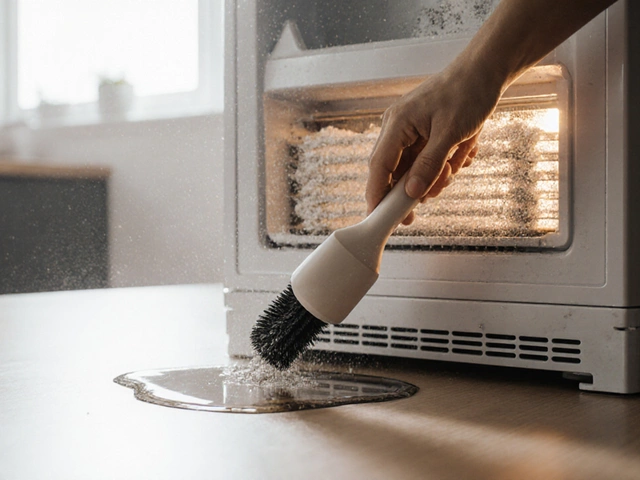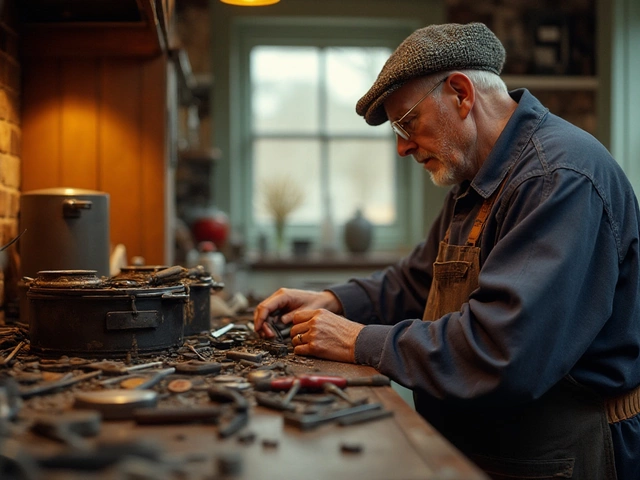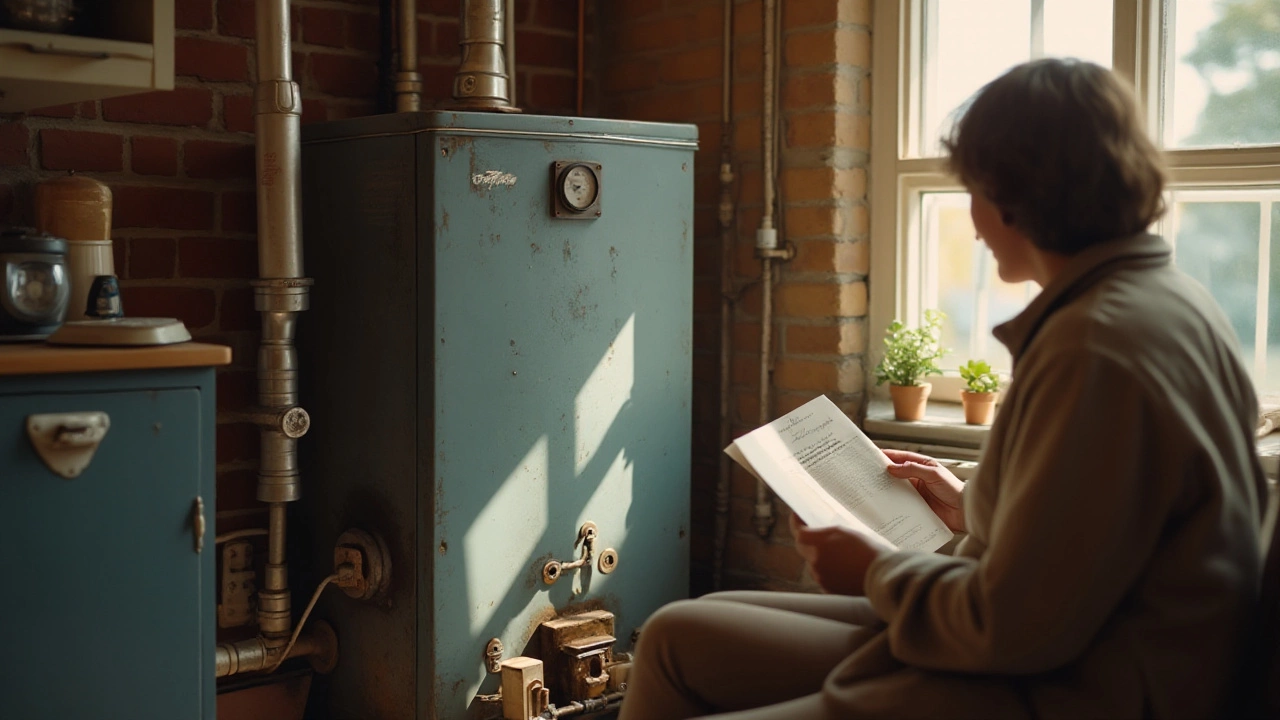Boiler Inspection: Simple Steps to Keep Your Home Warm and Safe
If your boiler stops working, you’ll feel the chill fast. A quick inspection can catch problems before they turn into costly breakdowns. Below you’ll find a plain‑language checklist you can follow yourself, plus advice on when to call a qualified technician.
Why a Boiler Inspection Matters
A boiler that’s not inspected regularly wastes energy, gives you higher bills, and can become unsafe. Leaking water, strange noises, or a lack of heat are often signs that something is off. Regular checks keep the system efficient, extend its life, and protect you from carbon monoxide risks. In Rugby, where winters are damp, a well‑maintained boiler means a cosy home and peace of mind.
Step‑by‑Step Boiler Inspection Checklist
1. Visual look‑over
Turn off the boiler and let it cool for a few minutes. Open the front panel and scan for rust, corrosion, or loose wires. Anything that looks cracked or wet should be noted.
2. Check the pressure
Find the pressure gauge – most boilers show a green zone between 1 and 1.5 bar when the system is cold. If it’s below 1 bar, you’ll need to top it up using the filling loop. Too high pressure can trigger safety valves, so don’t over‑fill.
3. Listen for odd sounds
Turn the boiler back on and listen. A steady hum is normal; rattling, whistling, or banging usually means trapped air, a failing pump, or scale build‑up.
4. Look at the water temperature
Check the thermostat setting – most homes run well at 70 °C for hot water and 65 °C for heating. If the water feels lukewarm, the thermostat might be off or the burner needs cleaning.
5. Test the safety valve
Place a bucket under the valve, then lift the test lever (if your model has one). Water should gush out briefly and then stop. No flow or a constant drip indicates a faulty valve that needs replacement.
6. Inspect the flue
Make sure the flue isn’t blocked by debris or bird nests. A blocked flue can push dangerous gases back into your home. If you smell sulphur or see condensation inside, call a professional immediately.
7. Check for leaks
Look around the pipework, radiators, and the boiler base for any drops or damp spots. Even a small leak can cause corrosion over time.
8. Review the service record
If you have a paper trail or digital log, see when the last professional service was done. Most manufacturers recommend a full service at least once a year.
After you finish the checklist, jot down anything that seemed off. If you’re unsure about any point, it’s safest to book a qualified engineer. They have tools to test gas pressure, carbon monoxide levels, and internal components that you can’t see from the outside.
Remember, a DIY inspection is great for catching obvious issues, but it’s not a substitute for a yearly professional service. A qualified technician will clean the heat exchanger, check the combustion gas, and adjust the pump – tasks that keep the boiler running efficiently for years.
Keeping your boiler in good shape saves money, reduces emissions, and prevents emergencies during the cold months. Set a reminder on your phone to run this quick inspection every three months, and plan a full service before the heating season starts.
Got a problem you can’t fix? Rugby Appliance Repair Services offers same‑day boiler inspections and repairs. Our certified engineers know the local climate and can get your system back to peak performance fast.






